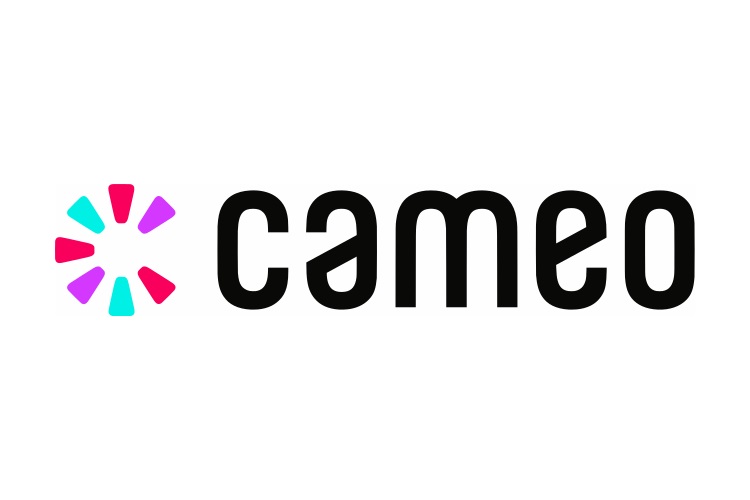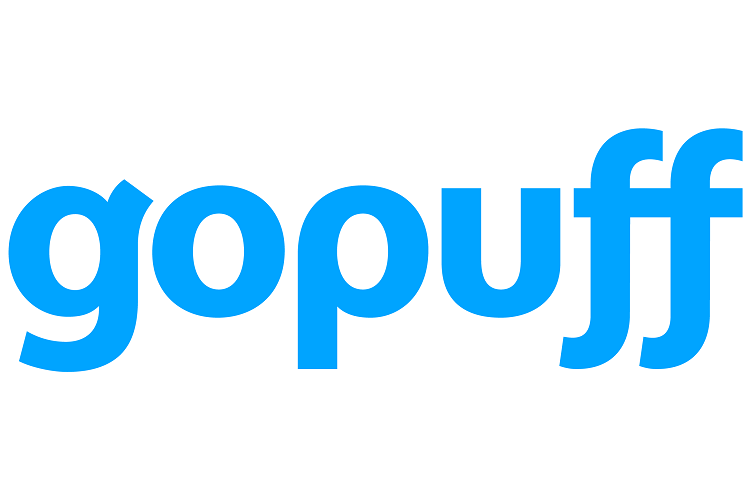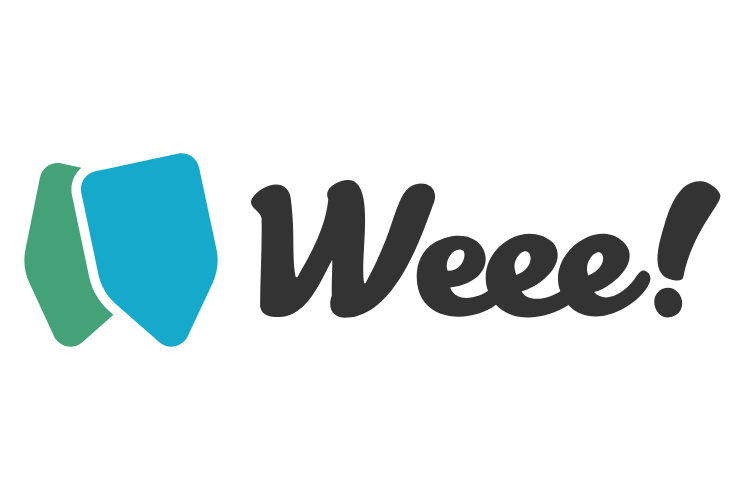Cameo Stock: Is a Celebrity Packed IPO on the Way?
This page contains links to our partners. We may be compensated when a link is clicked. Read the disclosures to learn more.

Learn how to invest in Cameo stock before and during the Cameo IPO. Get access to select IPOs at TradeStation.
Table of Contents
Cameo Stock IPO News
07/10/2025: Cameo’s Candl is a weak attempt at a comeback
03/22/2024: Cameo Valuation Plunges at Least 90%
12/04/2023: George Santos will gossip with you on Cameo
08/02/2023: Striking Actors Are Turning to Cameo for Extra Cash
Older News…
What is Cameo?
Cameo is a content-sharing website for celebrities that empowers them to monetize their fame with personalized videos.
Fans join the website and request custom videos from the celebrities as gifts to friends, family, and colleagues.
The founders recognized that selfies had become the new autograph and figured out how to gift the feeling of snapping a selfie without meeting the celebrity in person.
Celebrities set their prices and keep 75% of sales. Cameo keeps the other 25%.
Similar to other sites like Patreon and OnlyFans, Cameo’s differentiator is its 30,000+ celebrity user base and its ability to deliver a customized personal experience.
Cameo experienced tremendous growth during the pandemic because celebrities were on lockdown like the rest of us.
How the business model adapts as the world transitions out of the pandemic is the big question going forward. Some areas of expansion include live video chats, corporate requests, and international adoption.
The company is headquartered in Chicago, Illinois.
Here are sample clips of how celebrities deliver messages to customers.
Is Cameo Stock Publicly Traded?
No, Cameo is still privately owned.
The shareholders include founders, early investors (venture capital firms, celebrities), and employees.
Cameo has raised more than $165 million since its founding in 2016. The most recent raise was $100 million in March 2021, valuing the company at more than $1 billion.
Prominent venture capital investors include Kleiner Perkins, Lightspeed Ventures, Amazon Alexa Fund, Spark Capital, Tony Hawk, and Snoop Dog.
Here’s a video of Tony Hawk announcing his Cameo investment.
When is the Cameo IPO Date?
The Cameo IPO date is currently unknown.
As of March 2021, the company is still in startup mode. It raised $100 million in its Series C round.
Considering the number of investors involved and its fast growth, an IPO is likely in the coming years. Investors will be looking for an exit.
We won’t get a better sense of when the Cameo IPO date is until some of the following things happen:
- The company announces another funding round
- New information about the Cameo IPO date leaks to the financial press
- Cameo announces (or leaks) that it filed an S-1 confidentially with the SEC
- The SEC releases a publicly available Cameo S-1 filing
- Announcement (or press leak) of a forthcoming SPAC merger
- Cameo selects a lead underwriter or banking partner for the IPO
All of these milestones and announcements will serve as supporting evidence of progress toward a forthcoming public offering.
Even when the company and SEC publicly release the S-1 filing, we still won’t know a firm date. However, the IPO date typically occurs a month or two after the S-1 is released to the public.
Bookmark this page for the latest Cameo stock and IPO news.
Will There be a Cameo SPAC Acquisition?
A SPAC is a special purpose acquisition company, also known as a blank check company. They are shell companies designed to help established businesses go public without a traditional IPO.
The SPAC company merges with the established company and takes on the established company’s name. It’s also known as a reverse merger.
So many SPACs have gone public in the past 12 months that it’s likely Cameo receives pitches each week.
This could put Cameo in a strong position to go public via a SPAC. However, there are no indications from the founders or investors they are interested in a Cameo SPAC.
Using a SPAC to go public allows the company to skip the complicated and expensive IPO process.
Not all companies are ready to IPO, making SPACs an attractive alternative to an IPO where the company can still raise new funds.
However, the more established a company is, the more resources it can hire to facilitate the traditional IPO process.
When early investors and employees need liquidity, and the company generates more significant revenue, the company will decide on the best way to go public — a traditional IPO, direct IPO, or SPAC merger.
What is the Cameo Stock Price?
Since Cameo is not publicly traded on a stock exchange, there is no public Cameo stock price yet.
Private stock price information is becoming more available and reliable based on pre-IPO marketplace data and other sources.
However, the stock price is only the value of one share. Like public companies, the underlying valuation metrics, revenue, profitability, and market sentiment toward private companies are more significant factors than the share price.
What is the Cameo Stock Symbol? Cameo Ticker?
Cameo has not yet submitted public filings to the SEC. Therefore, it is not yet known what the Cameo stock symbol will be. We can only speculate.
Here are a few possibilities that appear to be available in the U.S.:
- CAM
- CAMO
- CMEO
Can you Invest in Cameo Stock? Four Potential Ways
Generally, it’s challenging to acquire shares of high-demand IPOs. Most investors will need to settle for buying the stock after it begins trading.
IPO underwriters typically give their best customers access first, then allocate shares to certain institutions and brokers often tied by professional relationships.
When the largest brokers receive IPO shares, they divvy them up amongst their eligible customers, prioritizing their most valued customers first (wealthiest).
For high-demand deals, most investors will not get shares.
A few brokers have partnered with the IPO investing app Click Markets to give access to individual investors.
Investors are encouraged not to flip shares (sell them immediately after the IPO).
Though ClickIPO has not demonstrated the ability to allocate app users with high-demand IPO shares, they’ve executed more than 200 IPOs and secondary offerings on its platform.
For individual investors without a high net worth, ClickIPO and its partner broker TradeStation is the most likely chance of participating in IPOs.
With that, here are four potential ways to own Cameo Stock:
- Buy Cameo stock after it begins trading
- Buy Cameo stock in the Cameo IPO through a broker
- Acquire shares through a directed share program during the IPO
- Attempt to acquire Cameo stock in pre-IPO secondary marketplaces before the IPO
1. Buy Cameo stock after the Cameo IPO
Since acquiring IPO shares is almost always challenging for individual investors, the easiest way to own Cameo stock is to wait for the IPO to complete.
Realistically, unless your brokerage account is worth more than $1 million and your broker regularly receives IPO allocations, you are unlikely to get in on high-demand IPOs.
In some cases, patient investors can buy the stock at or below the IPO price. This is not always true.
The Beyond Meat IPO, for example, soared and never looked back. But Uber, which many predicted to rise steeply, actually fell on the IPO date.
Spending significant effort to acquire IPO shares may not be worth it in the end. You may also spend time and effort to obtain shares but only receive a small allocation, limiting upside gain.
Though IPOs can provide one-day gains north of 20%, even up to 100% in rare cases (such as Airbnb and Doordash), the most significant gains will come during the decade following the IPO if the company is genuinely disruptive.
Take, for example, Netflix, Amazon, or Tesla. You could have bought the stock years after the IPO and still experienced gains of more than 1,000%
If you’re an investor that wants to buy Cameo stock for the long-term, consider opening a position after the IPO and averaging down if the stock falls.
Short-term traders may angle to acquire IPO shares and hope for a short-term pop.
2. Buy Cameo stock during the Cameo IPO through a broker
Ambitious investors can position themselves to invest in the Cameo IPO once it arrives.
Your chances of getting IPO shares depends on four factors:
- IPO demand
- Your broker and eligibility
- Your assets under management (AUM) at the broker
- Propensity to flip shares
As IPO demand increases, the chances of receiving IPO shares decreases. Therefore, the IPOs that are most interesting to the masses are the hardest to access.
Most online brokers do not offer IPO shares. Check directly to see if yours does, or look at our list of best brokers for IPO investing.
Legacy brokers, such as Fidelity and Charles Schwab, have minimum eligibility requirements and penalties for flipping shares (selling shortly after the IPO).
But even if eligible, the brokers must sub-allocate whatever limited shares they receive from the IPO underwriters.
This process is non-transparent, but priority is likely given to the wealthiest investors first.
For example, if your account balance is $500,000, and that makes you eligible according to terms, the broker may only have enough IPO shares to distribute to customers with assets of $3,000,000 or more.
This brings us to ClickIPO.
ClickIPO is a smartphone app that partners with TradeStation and other brokers to deliver IPO access to ordinary investors.
There is no minimum account value required.
ClickIPO prioritizes IPO share distribution to investors who are less likely to flip shares and thus considered more desirable IPO beneficiaries (in theory).
Therefore, ClickIPO offers a value proposition to underwriters and newly public companies.
Though quick profits from IPOs is one way the large underwriter reward whale-sized clients.
Joining a broker that offers access to IPOs does not guarantee a share allocation, especially in high-demand IPOs. You are probably better off waiting for the company to start trading after the IPO.
3. Potential Directed Share Program
Another possibility is a directed share program.
Sometimes when companies file their S-1 SEC filing (to begin the IPO process), they include a directed share program for executives, affiliates, and other people who helped the company grow.
Since Cameo’s success is due, in part, to its dedicated customer and celebrity base, it’s possible the company may offer IPO shares to frequent customers.
This has happened before.
Uber offered shares to drivers that completed a certain number of trips.
GoPro offered shares to its email list.
Airbnb offered IPO shares to hosts.
Considering Cameo’s vast and growing customer base, pay attention to the S-1 filing for a directed share program.
Bookmark this page for more information as the IPO approaches.
4. Attempted to acquire shares in pre-IPO secondary marketplaces
Founders, early employees, and investors often find themselves in a difficult predicament. They own valuable shares of a company that doesn’t trade publicly.
These shareholders might have multi-million dollar net worth’s because of their stock holdings, but the stock is not liquid because it doesn’t trade on an exchange.
A few platforms have evolved to gives these individuals a way to liquidate their holding before the IPO. Two of the more prominent sites are EquityZen and Sharespost.
Both sites bring liquidity to an otherwise illiquid asset. Accredited investors (those with invested assets > $1,000,000) may join these sites and attempt to buy these companies’ shares when they become available.
The shares are only offered to accredited investors because the company’s financials are not publicly filed with regulators yet, increasing the investors’ risk.
For high-profile companies, demand is high, lowering your chances of acquiring shares. The author considers this a low-likelihood way to acquire shares. However, some readers have written with success stories buying shares this way.
Where can I find the Cameo S-1 Filing?
The Cameo S-1 filing won’t be publicly available until released. Once it is public, we’ll post it here.
You can find a real-time SEC feed of the latest IPO filings from other companies on the recent S-1 filings page.
Cameo News Archive
07/18/2023: Cameo Cuts Staff to Fewer Than 50
08/06/2022: The Rise and Fall (And Rise Again) of Cameo
06/15/2021: Magic Johnson joins Cameo’s board
03/30/2021: Celebrity video request site Cameo reaches unicorn status with $100M raise
04/15/2020: Everyone Is Suddenly Obsessed With Cameo — Here’s Why
06/25/2019: Cameo Raises $50 Million In Series B, Has Hosted 275,000 Video Shoutouts In 2 Years

Craig Stephens is a former IT professional who left his 19-year consulting career at the IRS to be a full-time finance writer. He started Access IPOs in 2016 to provide a resource for ordinary investors pursuing investment access to IPOs and pre-IPO startups. Craig studied Finance at Michigan State University and lives in Northern Virginia with his wife and three children. Learn more about Craig.
* This is a testimonial in partnership with Fundrise, Hiive, and other affiliate partners. We earn a commission from partner links on AccessIPOs.com. All opinions are my own. If you sign up with one of our partners through certain on this website, Access IPOs will be compensated at no additional cost to the reader. See the full disclosure here. Risk Statement: Investing in IPOs and pre-IPO startups involves significant risk. Do not invest in companies based solely on what is included in this article. Only invest in IPOs and pre-IPO companies with money you can afford to lose. Access IPOs is for informational purposes only. Mentions of specific investments should not be construed as financial advice. Conduct personalized research and consider consulting with an investment advisor before investing.






